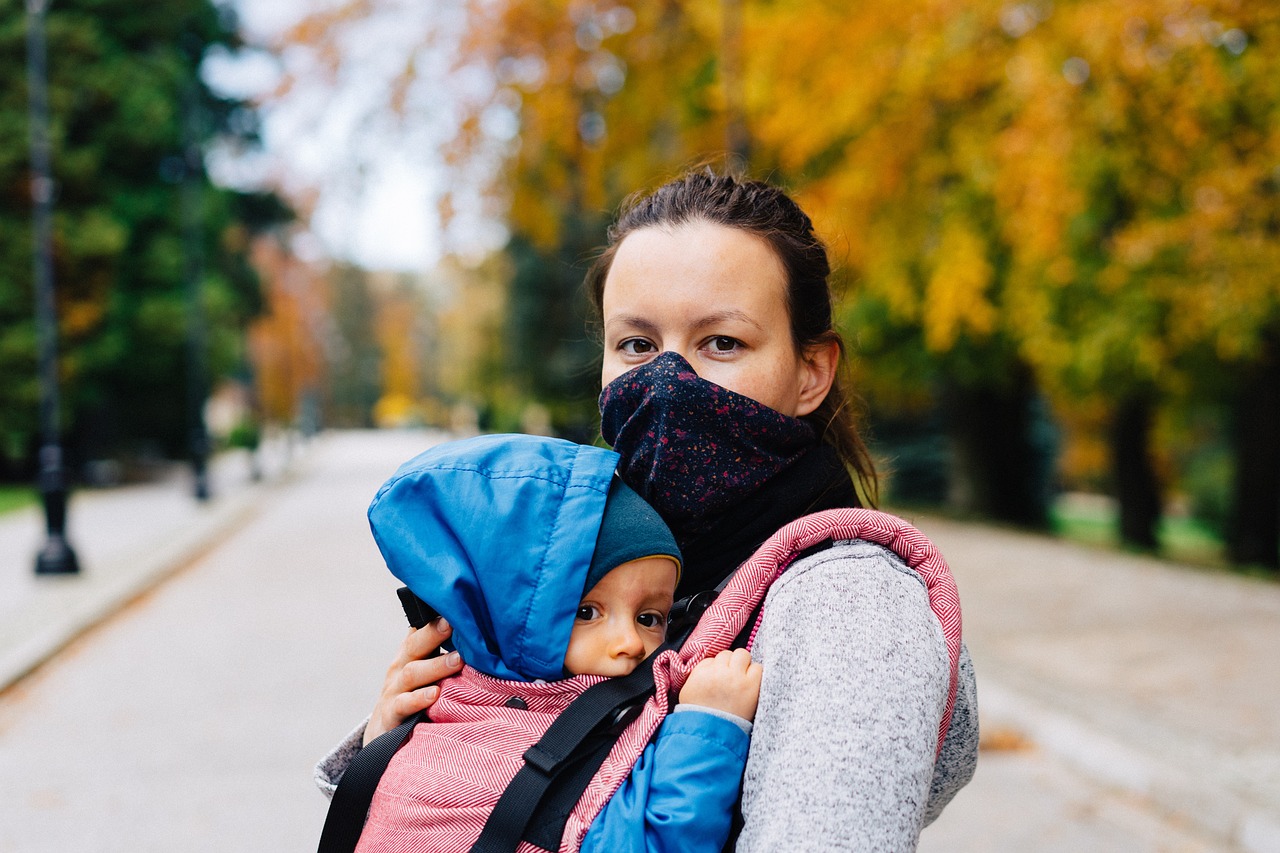As parents, our concern is the safety of our kids, and school is one of the most critical locations where our kids spend the day. With increased knowledge of every aspect of safety issues, including physical safety and emotional well-being, it is crucial that parents become active participants with the child's school to learn and evaluate the safety measure.
Understanding Physical Security Controls
The foundation of school safety is physical security. As you look at your child's school, simply ask them how they manage their visitor management system. How are they screened and monitored? Successful schools typically have all visitors sign in at the front office, wear ID badges, and have their backgrounds checked in the appropriate channels.
Ask the school about its lockdown and emergency drills. Schools must have well-established procedures for all kinds of emergencies, such as natural catastrophes, medical emergencies, and security threats. Find out how frequently the drills are held and if your child is aware of what he/she should do in case of different situations. Practice on a regular basis ensures that staff and students can respond accordingly when required.
Campus safety is also something to look into. Are there campus security personnel, cameras, or gated entrances? While not all schools require elaborate security, knowing what is there allows you to assess whether the level of security is sufficient for the school's particular needs and setting.
Evaluating Supervision and Staff Development
Supervision quality has a direct impact on student safety. Request to view teacher/student ratios, particularly during unstructured times such as recess, lunch, and class transitions. These are where issues are most apt to occur, so proper supervision is crucial.
Staff development is also crucial. School staff and teachers need to be trained regularly on identifying signs of distress, conflict resolution, and emergency response. Ask the school for information regarding the recruitment practices of the school, background checks, and professional development programs on student safety and wellbeing.
Mental Health and Bullying Addressing
Emotional safety is equally important as physical safety. Bullying is still a major issue in schools today, and the effects will be felt years down the road from school days. Ask about the anti-bullying policies in the school and how they are implemented. What is the reporting mechanism, and how does the school follow through to make sure it gets addressed?
Mental health services are even more important in schools. Does your school have psychologists, social workers, or counselors on staff? How are students who might need more support identified and what kind of services are they provided to families? There needs to be policies in place for addressing mental health crisis situations and connecting families with the appropriate resources.
Transport and Communications Safety
If your child takes school transportation, find out about what safety measures are available around bus service. Are the drivers properly trained and regularly tested? Are there loading and unloading procedures for children at the correct stops? For children who walk or bike, ask about traffic safety measures around the school, such as crossing attendants, sidewalks, and traffic calming techniques.
Communication systems are a significant part of school safety. How does the school communicate with parents during emergencies? It is common with most schools today to use automated telephone calling systems, text messages, and social media to quickly notify parents during emergencies.
Building Partnerships for Safety
Successful school safety is a partnership of the community, teachers, and parents. Ask whether parents can become involved in safety efforts. There are a few schools that have parent members on safety committees, thus enabling families to contribute to ongoing safety improvement.
Encourage open dialogue with your child about school safety. Children should feel secure to inform parents and school officials about problems. Create a setting where your child is free to bring to your notice anything that makes them unsafe or uncomfortable at school.
Taking Action
If you do find areas of concern during your assessment, speak with the school administration in a constructive manner. Most professionals are like you, dedicated to student safety, and appreciate suggestions from active parents. Put your concerns into clear writing and collaborate in finding solutions.
Think about contacting other parents to get their opinions and perspectives. Parent networks are often aware of school climate and safety concerns that would otherwise go unnoticed.
Keep in mind that absolute safety cannot be ensured in any setting, but schools must show a high level of dedication to ensuring safe learning spaces using adequate planning, training, and communication.
Looking Ahead
School safety is a continuous dialogue, not a moment-in-time audit. Remain involved with your child's school throughout their school years, as safety issues and concerns change with changing environments and age groups.
Communication with teachers, administrators, and your child informs you about the safety climate and enables you to address problems in a timely manner.
By being the right kind of question-askers and being actively engaged, parents can collaborate with schools to build environments where children can learn, develop, and flourish in security.
Your actions and activism do make a real difference in your child's schooling life and in their overall life.


